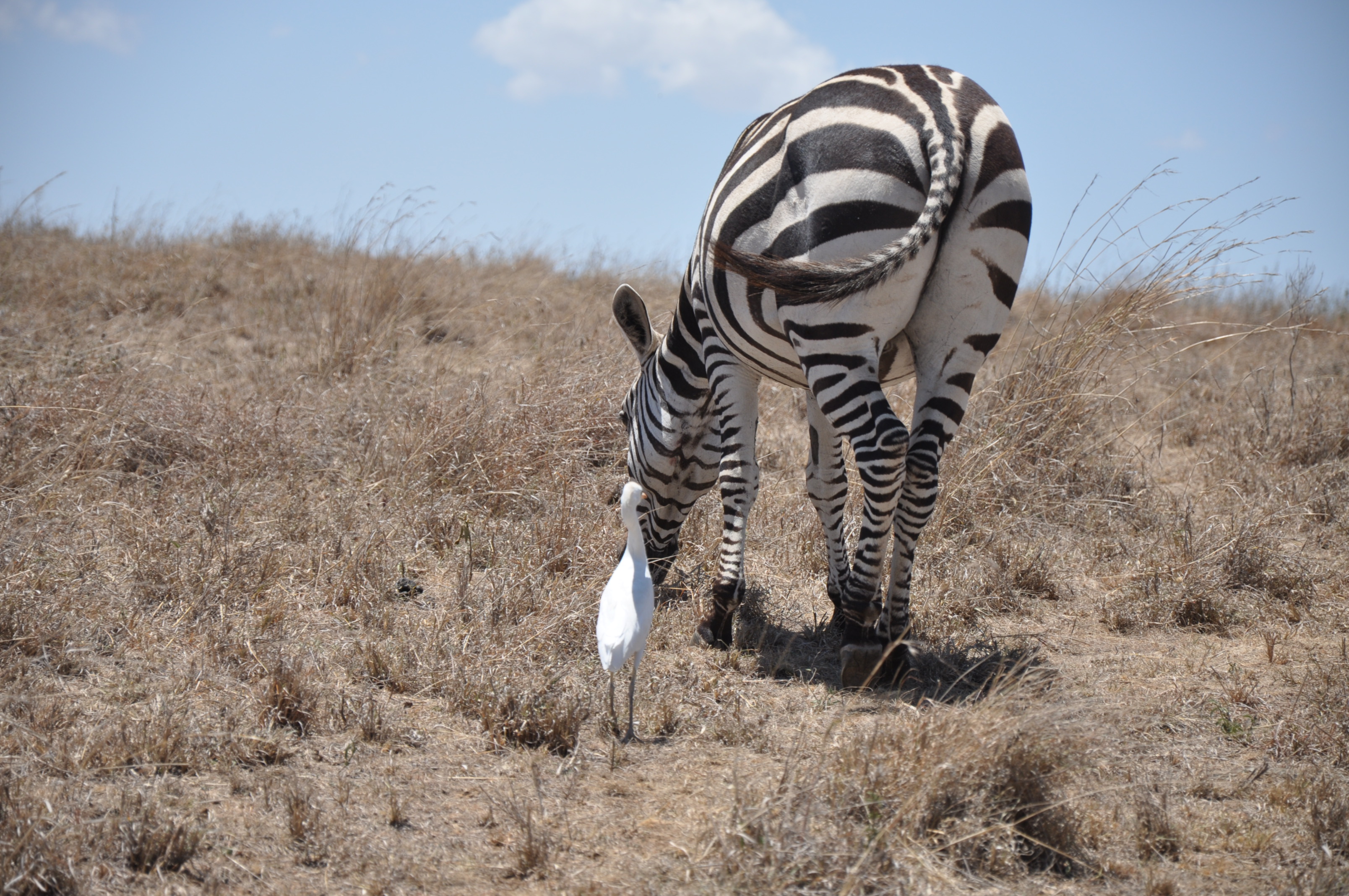Difference Between Commensalism and Parasitism
Table of Contents
Key Difference – Commensalism vs Parasitism
Organisms in an ecosystem interact with each other in different ways. Different types of interactions can be identified between different species. Some interactions result in benefits for both parties while some interactions remain neutral without benefits or adverse effects. In some other interactions, one party is benefited at the expense of the other party. These kinds of interactions affect the stability of the ecosystem. There are three main types of symbiotic relationships named mutualism, commensalism, and parasitism. In mutualism, both species are benefited by the interaction. In commensalism, only one species is benefited while the other party is not harmed or affected. Parasitism is an interaction in which one party is benefited at the expense of the other party. The key difference between commensalism and parasitism is that in communalism one party is benefitted whereas, in parasitism, one party is harmed completely or partially.
CONTENTS
1. Overview and Key Difference
2. What is Commensalism
3. What is Parasitism
4. Similarities Between Commensalism and Parasitism
5. Side by Side Comparison – Commensalism vs Parasitism in Tabular Form
6. Summary
What is Commensalism?
Commensalism is a type of symbiotic interaction between two species in which one species is benefited while the second species is not benefited or harmed. Both partners live together in an association. Benefits which are received by one party include nutrition, locomotion, shelter, support, food scraps, etc. The party which is benefited by the interaction is known as commensal.
Cattle egrets foraging in fields with cattle or other livestock is an example of commensalism. Animals like cattle, horses, zebras, etc. cause movements that stir up various insects while grazing. Cattle egrets, following these grazing animals, catch and feed upon these insects. Here, the cattle egret is benefitted but the larger animal is neither harmed nor benefitted.

Figure 01: Commensalism Example
Another example of commensalism includes biting lice and fleas that feed harmlessly on the feathers of birds.
What is Parasitism?
Parasitism is a non-mutual relationship between two species, where one species benefits at the expense of the other. The party benefitted by the parasitism is known as parasites. Parasites are the organisms which live in or on another organism to derive nutrients. The host organism is often adversely affected by the parasite. Parasites cause damages to host organisms and interfere with the metabolic functions as well. The parasite is always dependent on the host for its survival. It cannot survive independently.
There are two main types of parasites: endoparasites and ectoparasites. Ectoparasites live outside the body of the host while endoparasites live inside the body the host.
Parasites can also cause diseases in humans. There are three main classes of human parasites named protozoa, helminths, and ectoparasites. Entamoeba, Giardia, Leishmania, Plasmodium, and Cryptosporidium are several protozoans which are parasitic to humans. Flatworms and roundworms are two helminth parasites.
There are also parasitic plants which grow on another plant and obtain all or part of its nutrition from the host plant. Parasitic plants develop special structures called haustoria to penetrate the host tissues and obtain nutrients. Cuscuta is one common parasitic plant.

Figure 02: A parasitic plant
What are the Similarities Between Commensalism and Parasitism?
- Commensalism and parasitism are two types of symbiotic interaction.
- Both interactions involve two species which live together.
- Both types of interactions are important for ecosystem stability.
What is the Difference Between Commensalism and Parasitism?
Commensalism vs Parasitism | |
| Commensalism is a symbiotic relationship where one partner benefits and the other is unaffected. | Parasitism is a symbiotic relationship where one partner benefits by obtaining nutrients at the expense of the other partner. |
| Examples | |
| Some examples of commensalism include barnacles on whales, remora attached to sharks, etc. | Some examples of parasitism include Rafflesia, Cuscuta, Plasmodium vivax, etc. |
| Host Organism | |
| In commensalism, the host is neither harmed nor affected. | In parasitism, the host is harmed partially or completely. |
Summary – Commensalism vs Parasitism
Commensalism and parasitism are two symbiotic relationships seen between organisms. Commensalism is a relationship between two organisms where one organism benefits but the other is unaffected. Parasitism is a type of interaction between two organisms where one species is benefitted while the other is harmed partially or completely. This is the main difference between commensalism and parasitism.
Download PDF Version of Commensalism vs Parasitism
You can download PDF version of this article and use it for offline purposes as per citation notes. Please download PDF version here Difference Between Commensalism and Parasitism.
References:
1.” Commensalism.” Wikipedia. Wikimedia Foundation, 08 June 2017. Web. Available here. 26 June 2017.
2.”Symbiotic Relationships: Mutualism, Commensalism & Parasitism.” Study.com. Study.com, n.d. Web. Available here. 26 June 2017.
Image Courtesy:
1. “Lascar An example of commensalism – A zebra and an egret (4524314329)” By Jorge Láscar from Australia (CC BY 2.0) via Commons Wikimedia
2. “Cuscuta parasite plant” By Khalid Mahmood – Own work (GFDL) via Commons Wikimedia
ncG1vNJzZmivp6x7pbXFn5yrnZ6YsqOx07CcnqZemLyue8OinZ%2Bdopq7pLGMm5ytr5Wau26vzqaknqajlrmqv8xmmKecXavAbrzAq5isoaSewK57